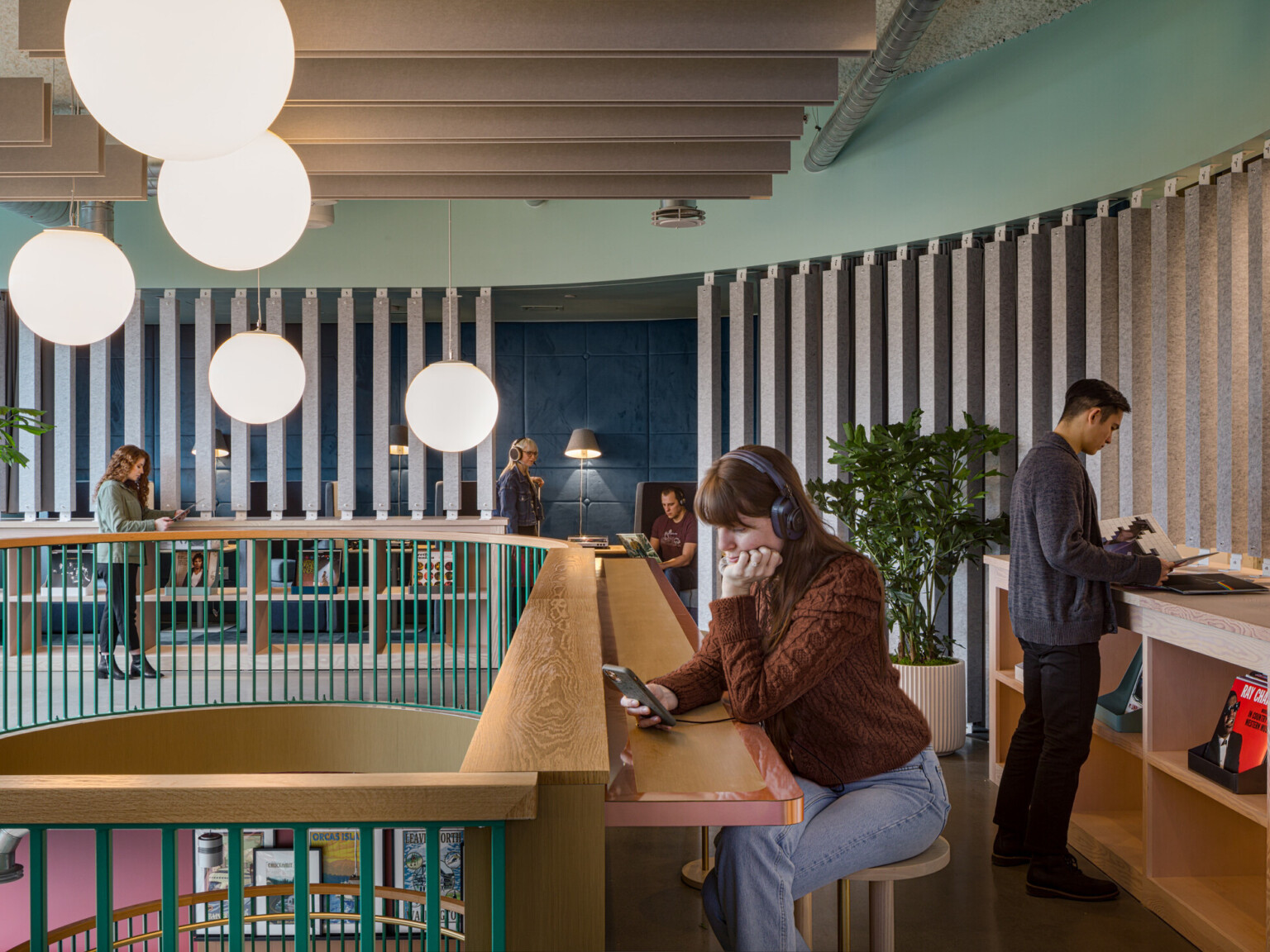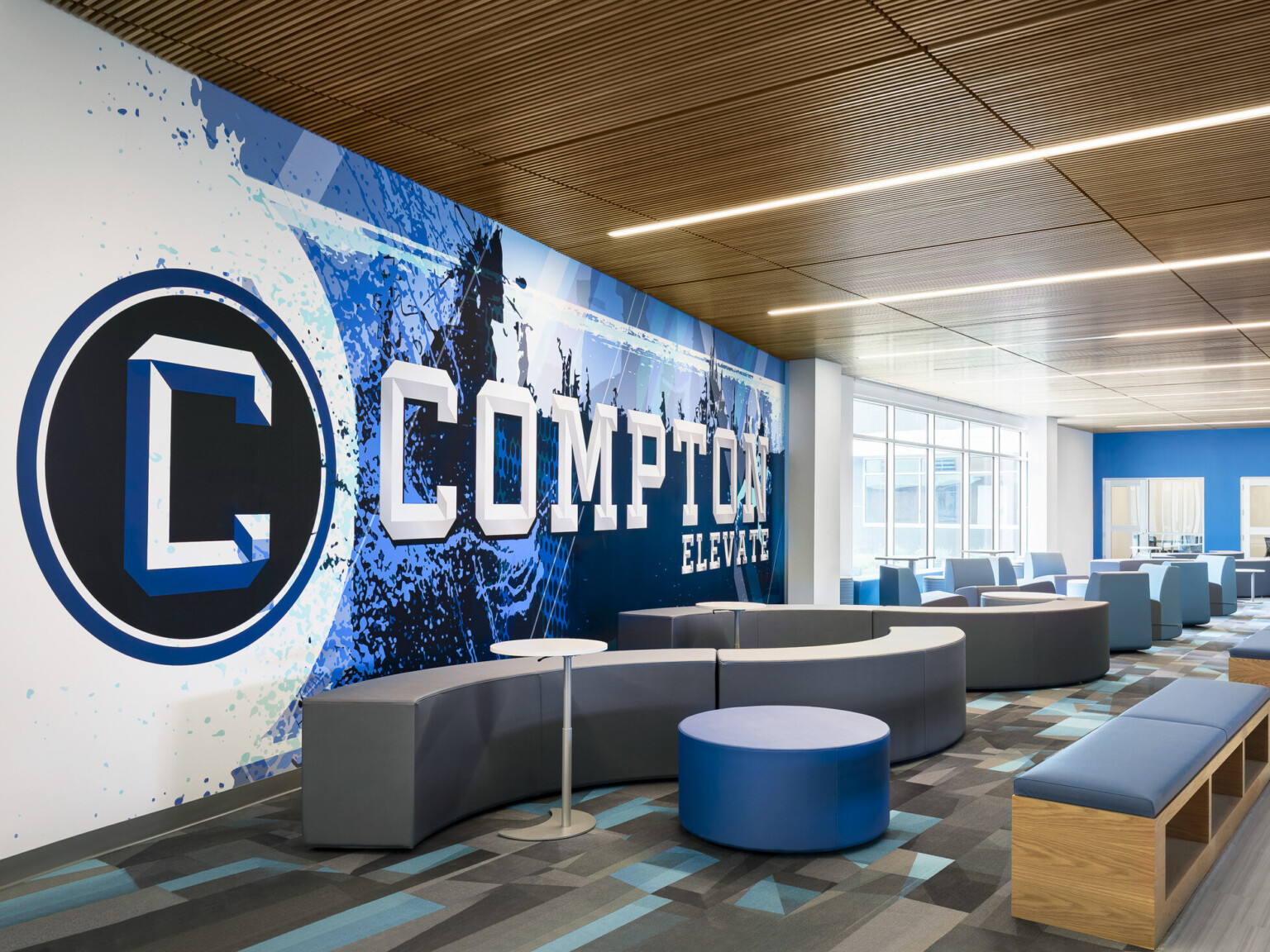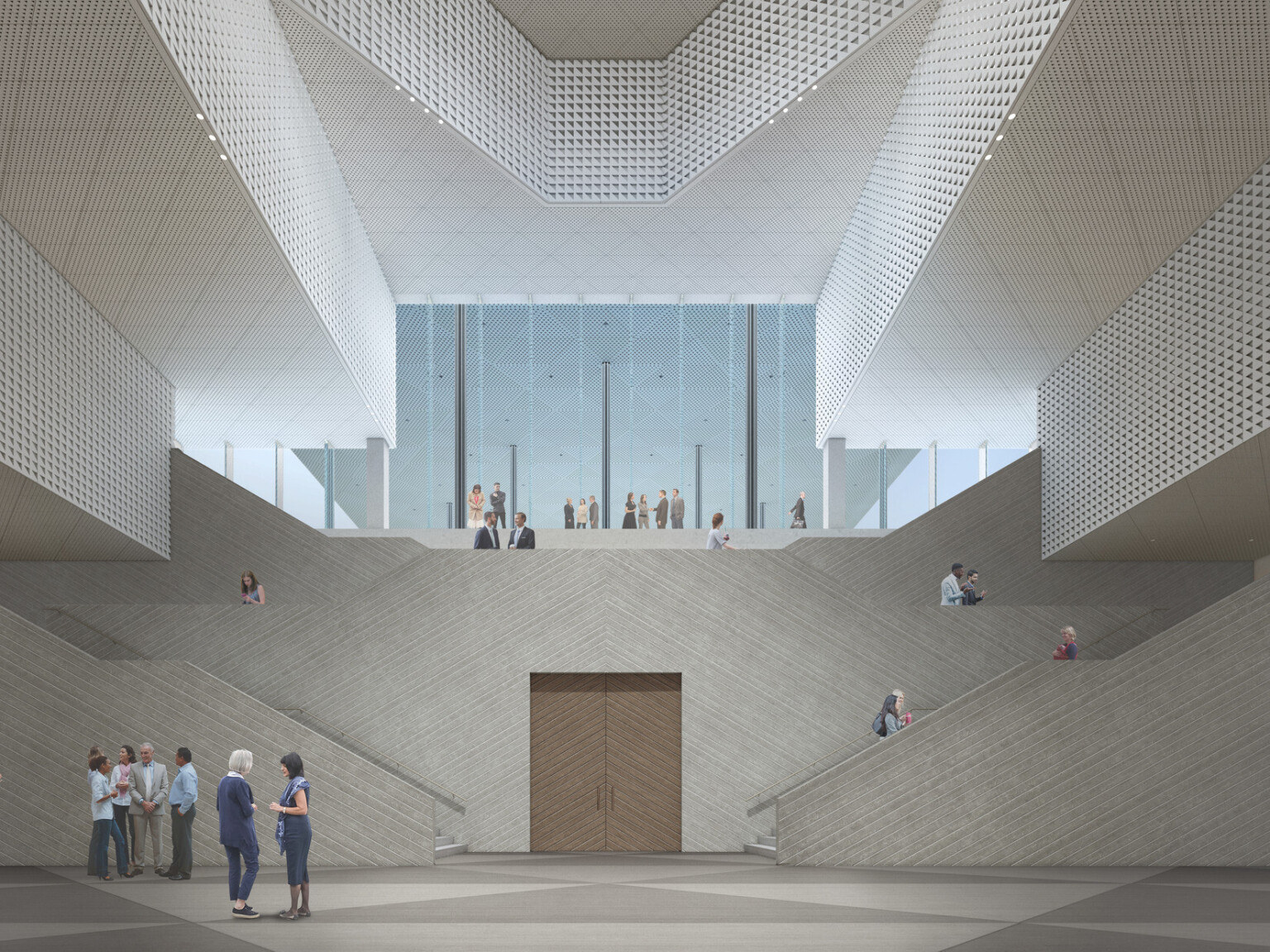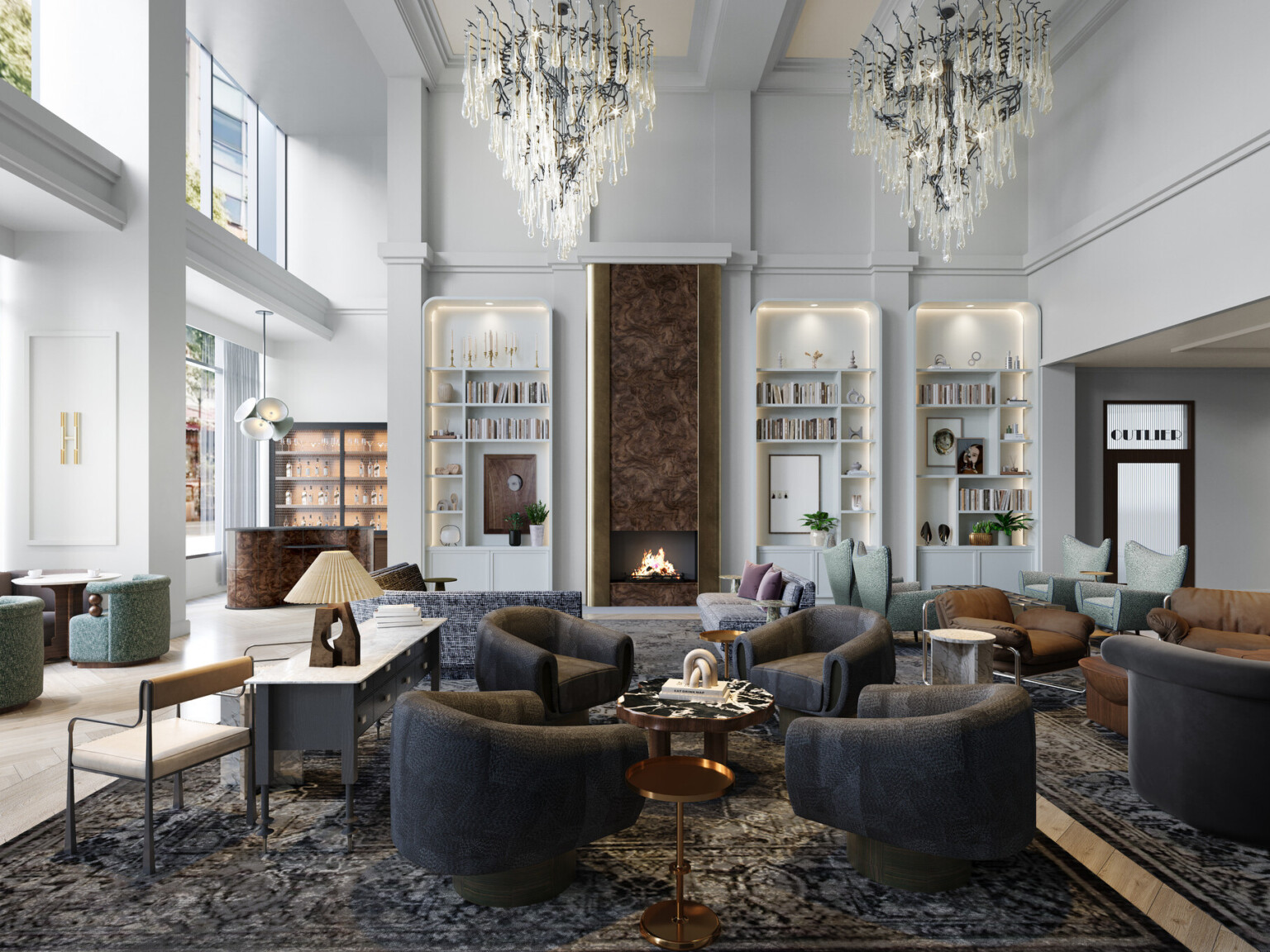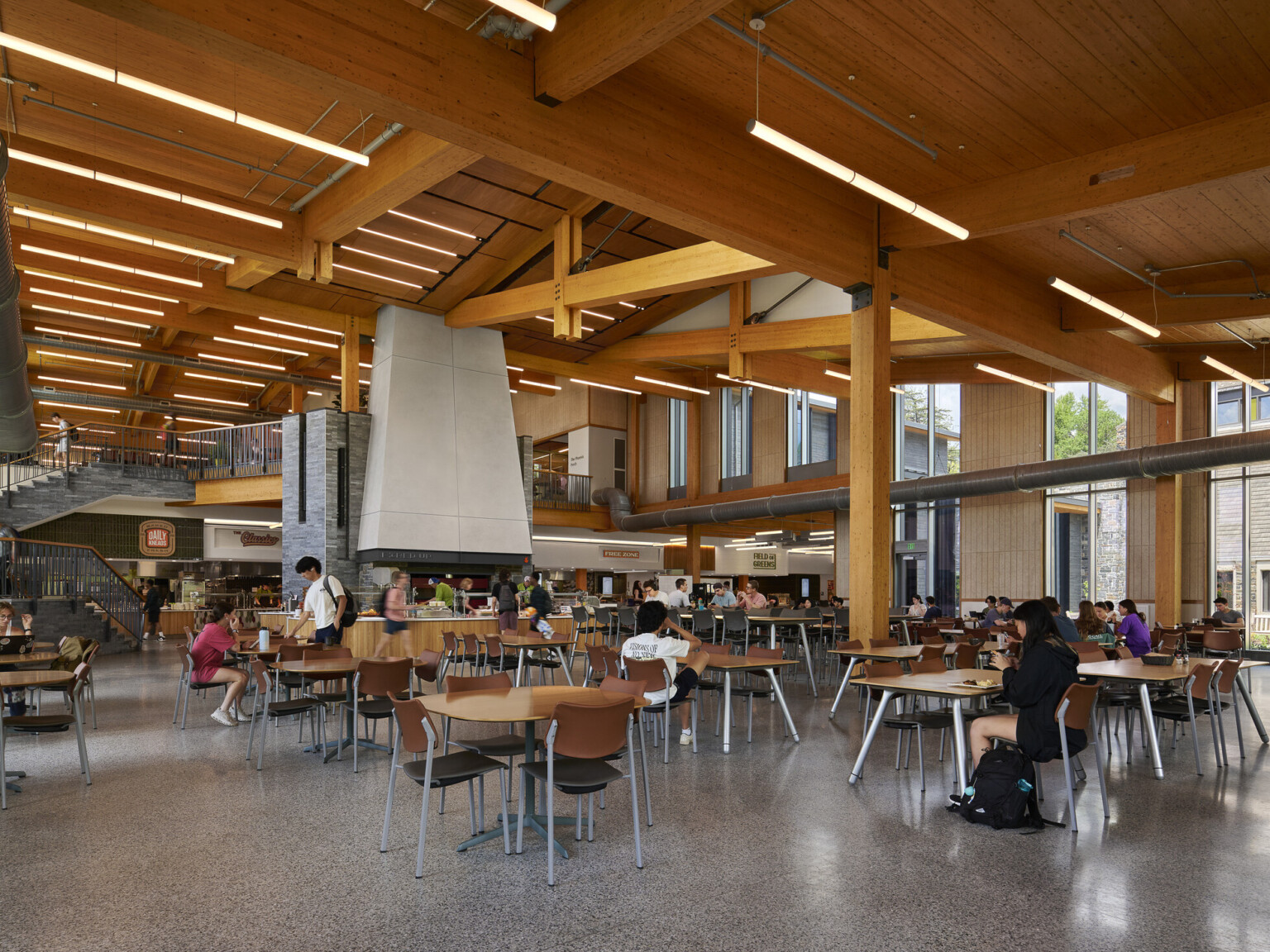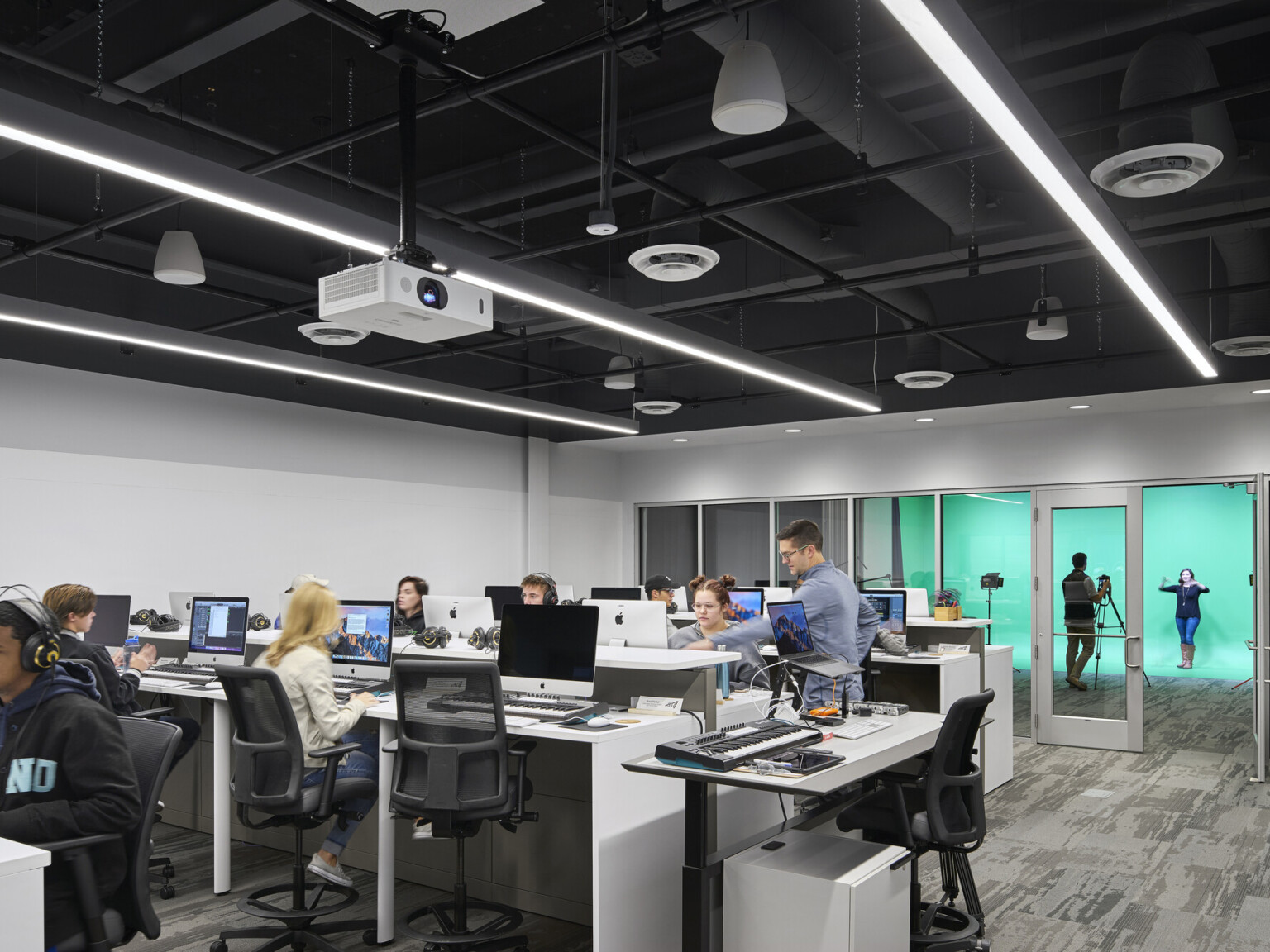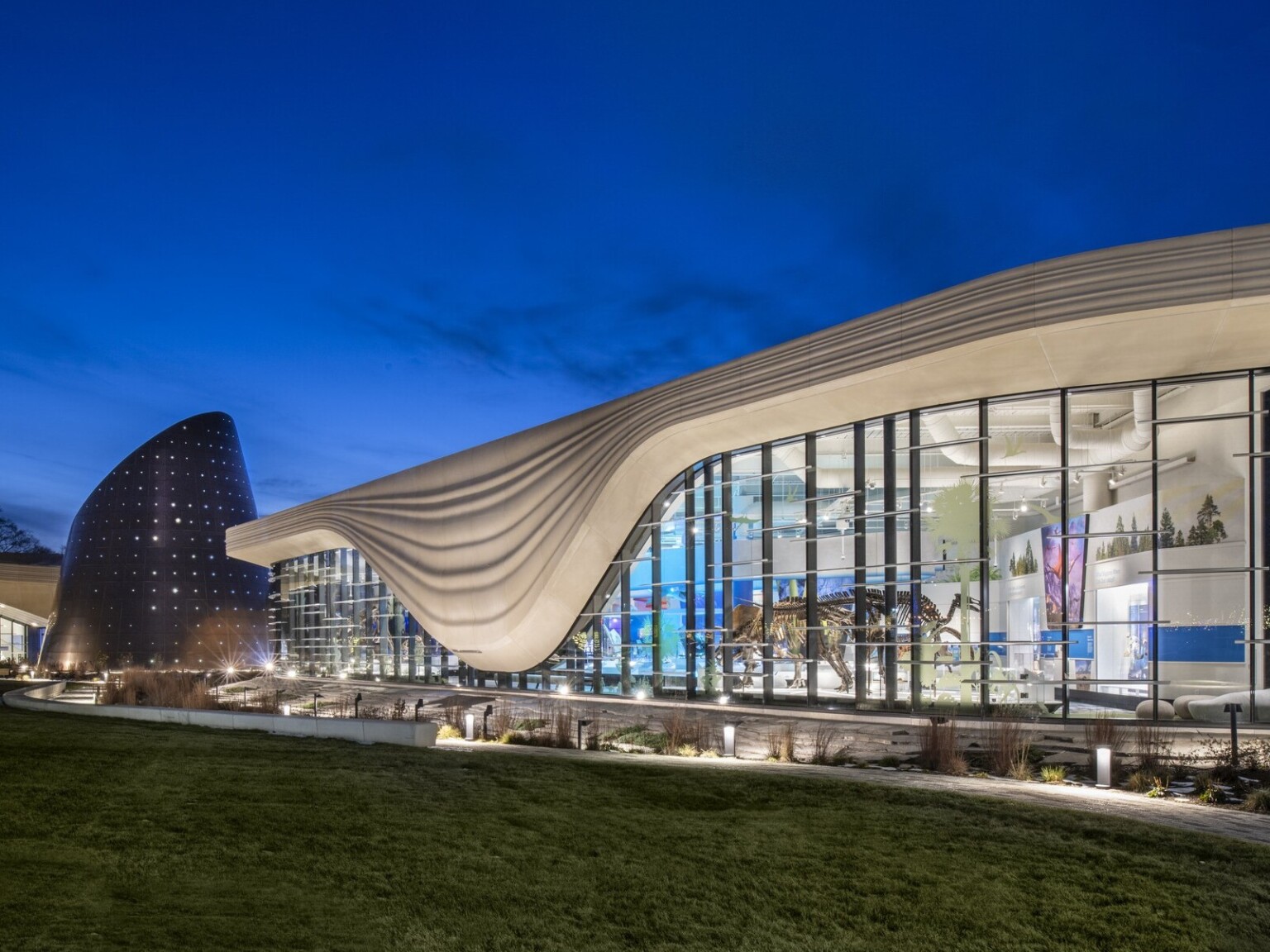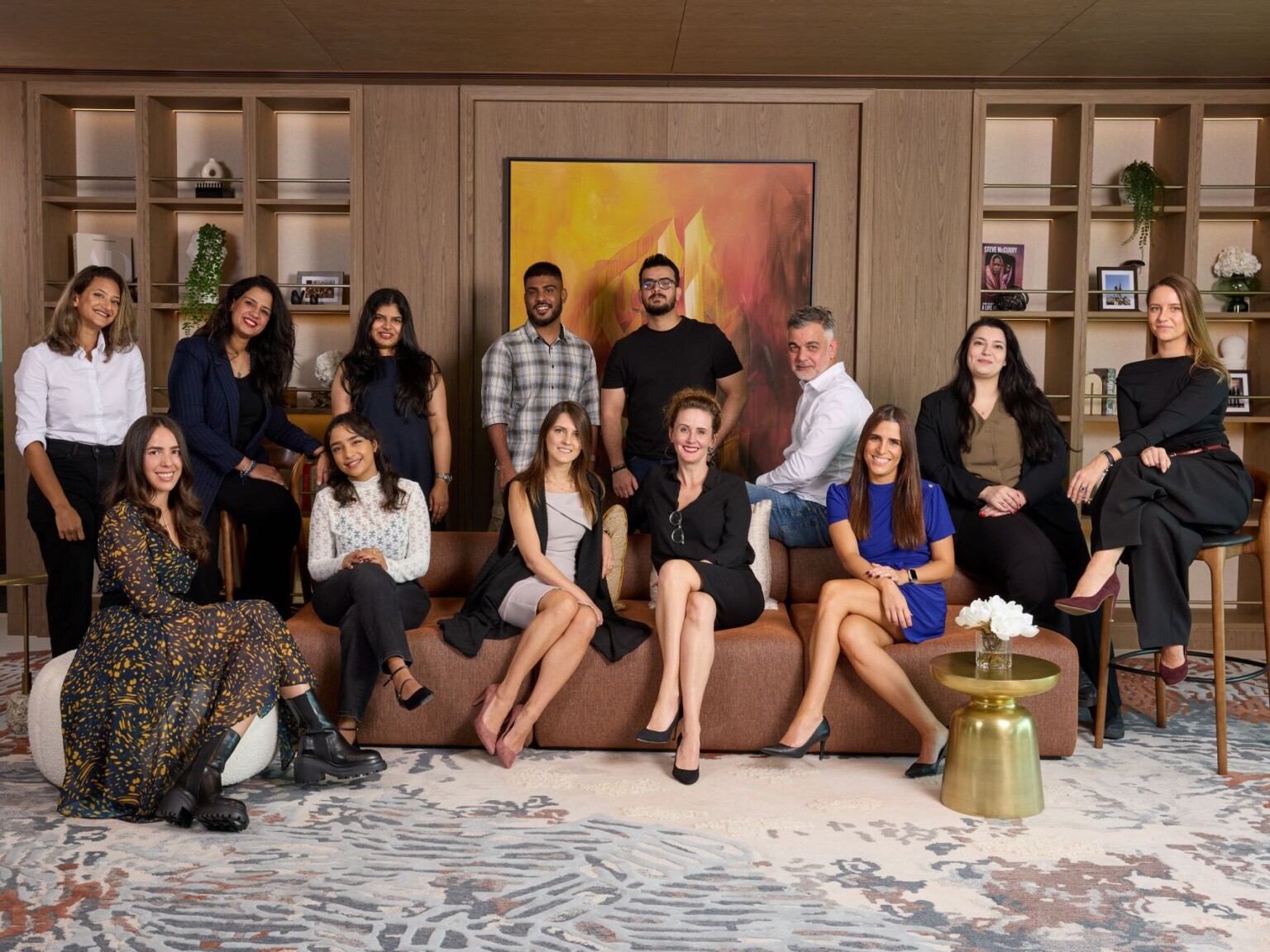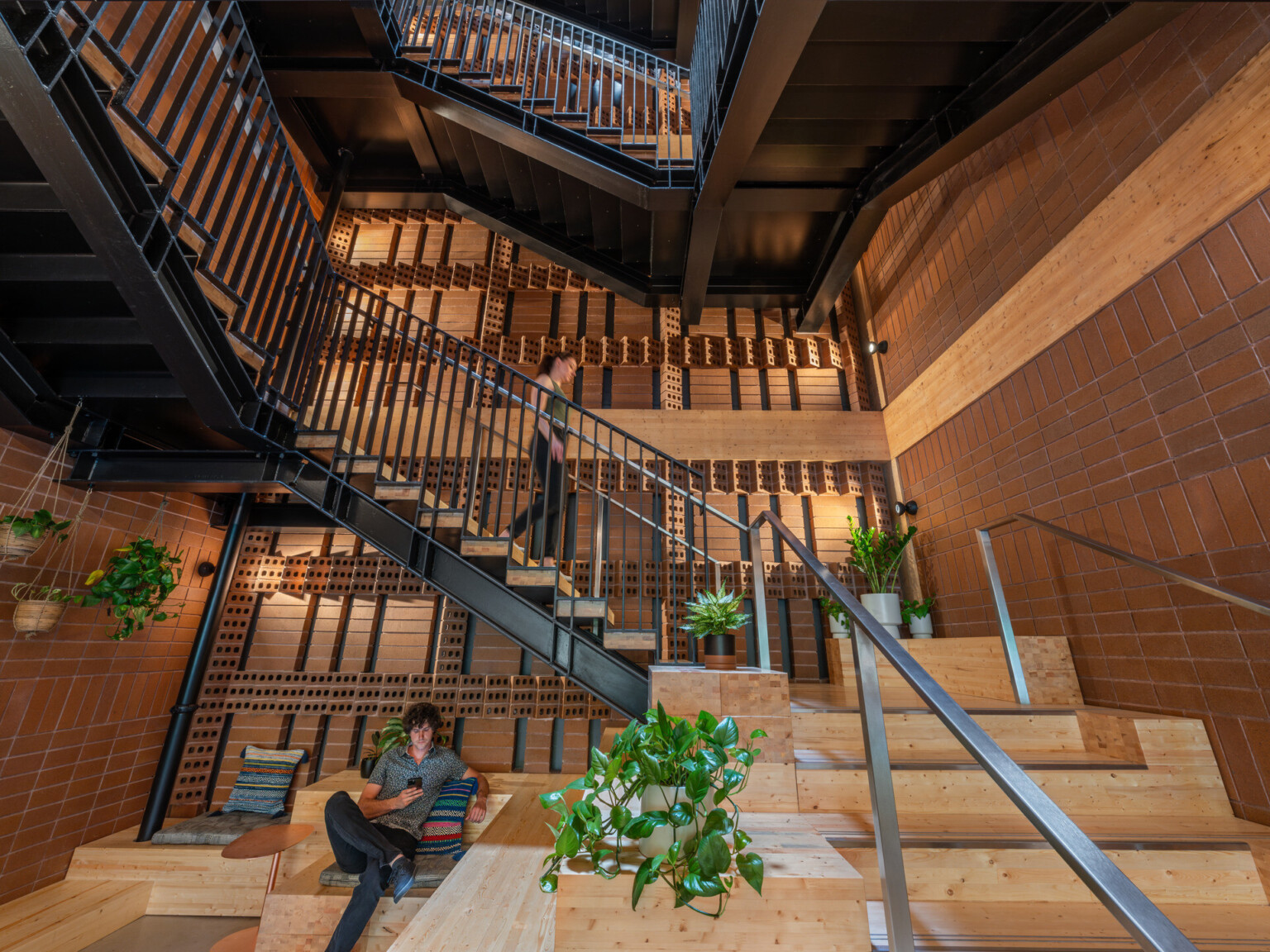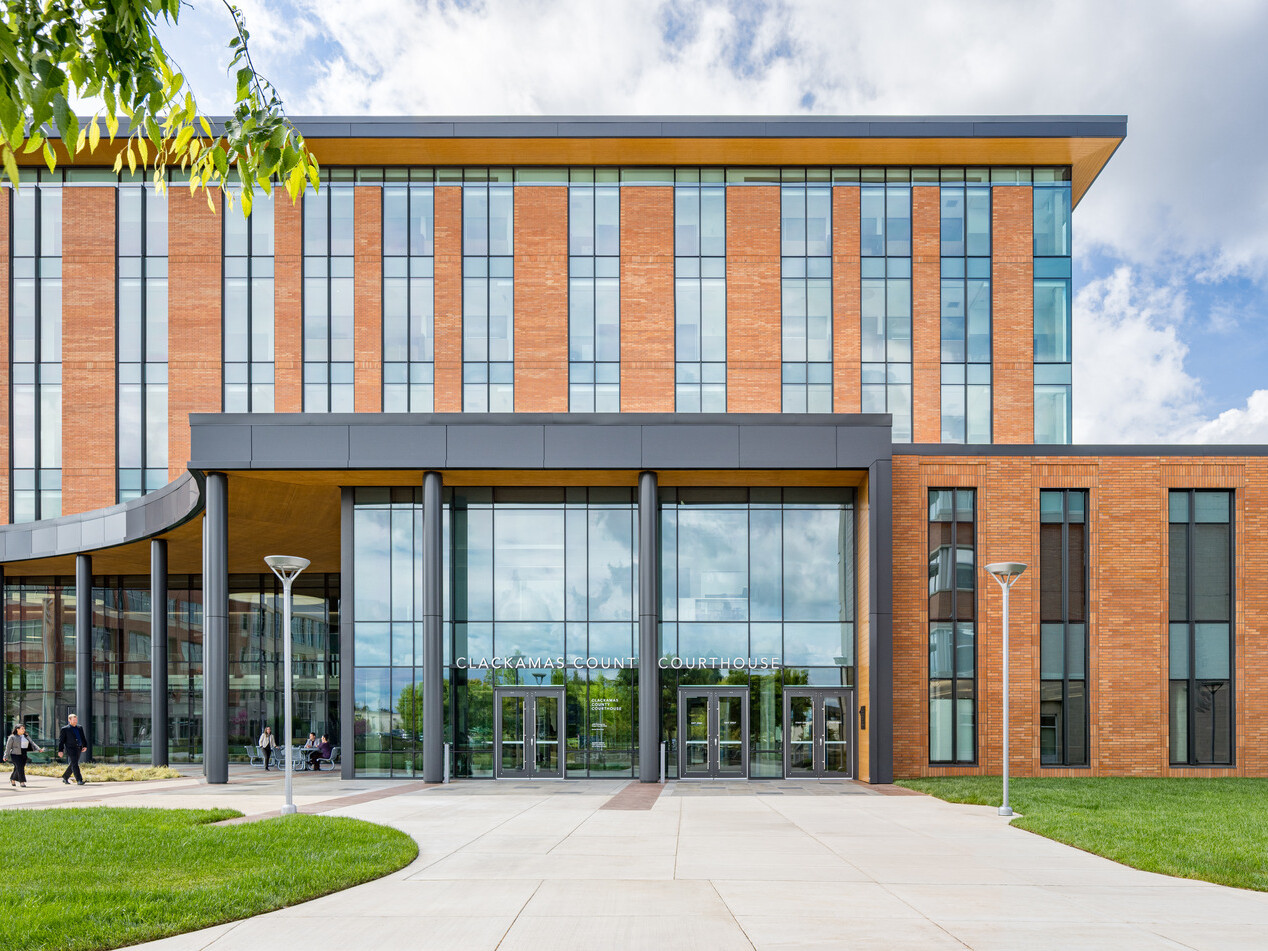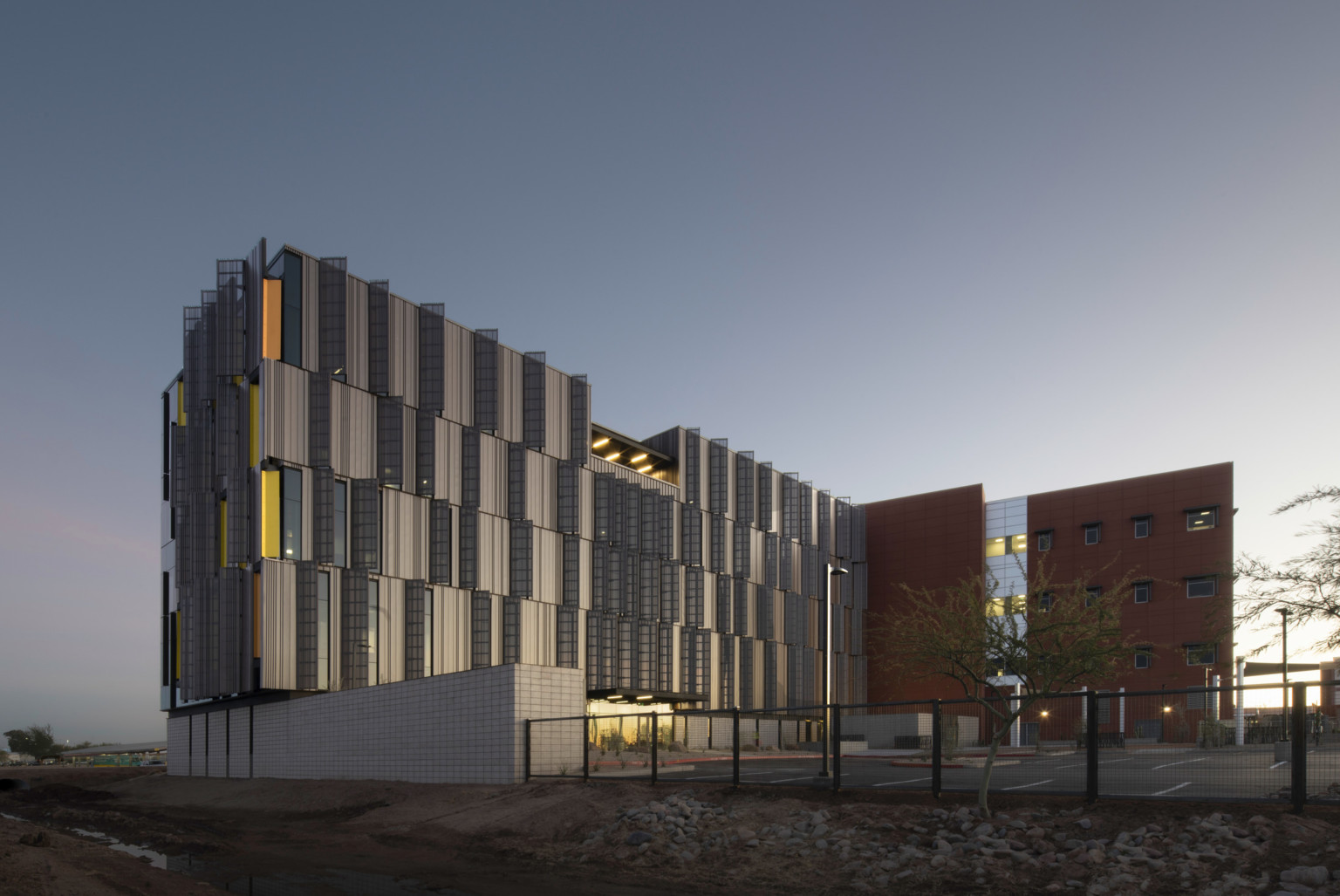
Biomimicry Designs Smart Buildings
Urban Land Magazine explores the design of the Pinal County Attorney’s Offices set in the middle of the Arizona desert. This project looked beyond integrated technologies to find additional opportunities to improve performance, maximize efficiency, and deliver natural beauty through biomimicry wisdom of desert life.
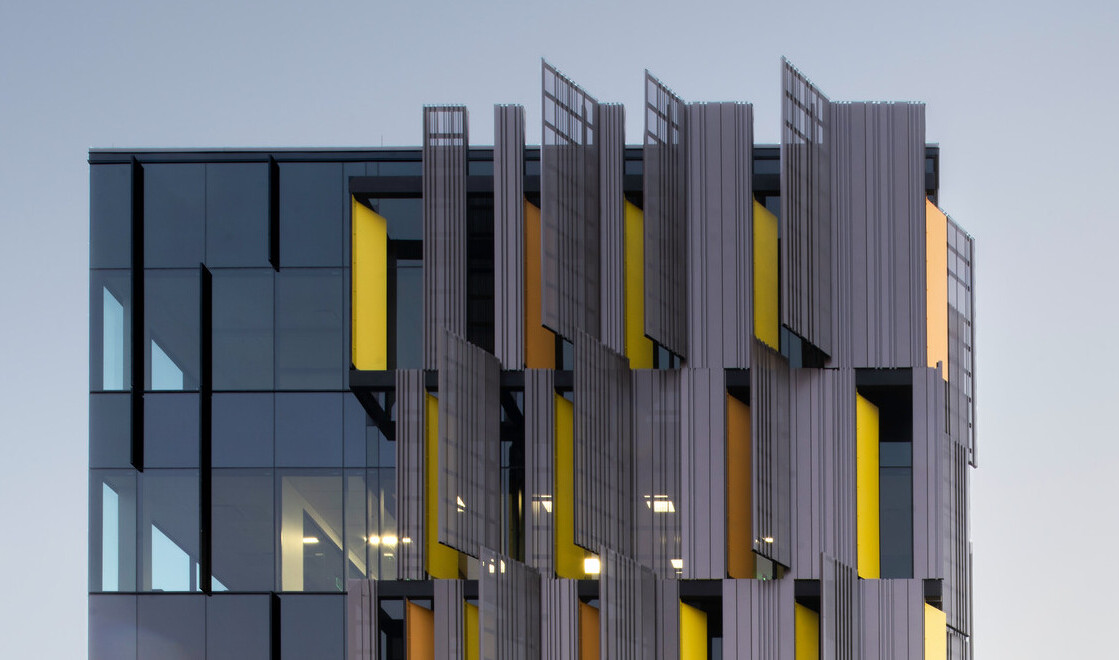
Biomimicry Design
Sit in front of a saguaro cactus for an hour and you will see the way it protects itself and thrives in the intense desert heat. Its vertical fins provide continuous self-shading and redistribution of heat. This ability to self-shade breaks sunlight up into smaller areas that shift continually, preventing any one area of the cactus skin from overheating. This adaptation not only makes the saguaro viable, but also gives it a beautiful and distinct character. Creating a 3-D computer-generated model of a saguaro cactus and using a daylighting simulation model confirmed that no part of the plant received more than 15 to 20 minutes of direct sun at any one time, avoiding the possibility of sunburn.
Nature’s design translated the shifting shadows across the cactus into rigid self-shading fins on this building, which also included a pop of desert color when the fins are extended for drivers to enjoy as they pass by. The building’s ribbed metal panel skin breaks up sunlight onto shifting areas, allowing the heat load to shift and redistribute for longer periods until natural air convection can cool the ribs. Where windows were desired, the wall system angles out from the building and becomes a self-shading device, maintaining the look of a continuous protective skin.
Although the metal panel skin absorbs heat, the “breathable” facade system is mounted off of the building to allow air to circulate and dissipate heat. In addition, the heat-reflecting Solarban 90 glazing aids solar control, and the low-e coating manages the light spectrum to balance visible light transmittance and reduce glare. The high-performance glass is engineered to facilitate downsized mechanical equipment costs, leading to reduced long-term energy costs.
